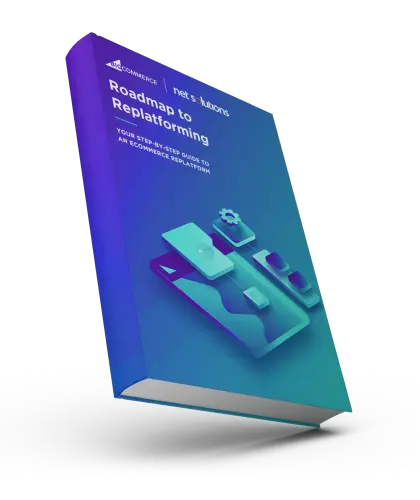Online retailers are turning to eCommerce replatforming to migrate
online stores to more
modern platforms and capabilities. This guide will present benefits, challenges, and best
practices to help deliver a modern digital commerce experience.
Digital commerce has intensified, and eCommerce is expected to account for 47% of retail growth through 2027. eCommerce retailers face increased pressures, from competition to technology innovation to shifting consumer demands. Over time, existing eCommerce platforms may need help to keep up. They may begin to slow, lack features, or lack the ability to integrate with other services. This does not have a good bearing on the particular eCommerce business and would need to be addressed.
To adapt, retailers are turning to eCommerce replatforming to quickly tap into
the potential of
changing eCommerce platforms, opening doors to omnichannel retailing, new microservice-based
flexibility, and better scalability.
This guide will walk retailers through eCommerce migration, including what
it means to replatform
a website, how I ensure a smooth transition during ecommerce replatforming, and all the steps to
success. The guide will even end with an eCommerce migration checklist to help you get started.
What is eCommerce Replatforming?
eCommerce replatforming is the process of modernizing an eCommerce website without completely rebuilding it, transferring the core functionality, data, and
design from one technology stack (or eCommerce platform) to
another, and making changes to configure, optimize or add more desirable features.
Replatforming is considered the “lift, tinker, and shift” or “move and
improve” approach to
helping retailers quickly shift to modern architecture on the cloud, including options to invest
in microservices, more recent customer experiences, and better scalability and performance.
However, replatforming is just one approach to modernizing
an eCommerce site. There are seven common approaches, the 7 Rs, from a simple rehost
(“lift and shift”) to a complete rebuild of the eCommerce website.
Why is eCommerce Replatforming Important?
To better understand why eCommerce replatforming is essential, one must
also ask, what is the
future of eCommerce? The eCommerce trends in 2023
and top
eCommerce challenges tell a story about customer-centricity: the need to follow the
customer and create a seamless, personalized, accessible, and engaging online experience.
eCommerce platforms and technology innovations will continue to shift from
AR/VR and voice search
this year to new and unexpected technology next year. Still, retailers can look to the future by
adopting headless infrastructure and a modern eCommerce platform that can shift as demands and
innovations shift.
How do I know When my
eCommerce Business Should Replatform?
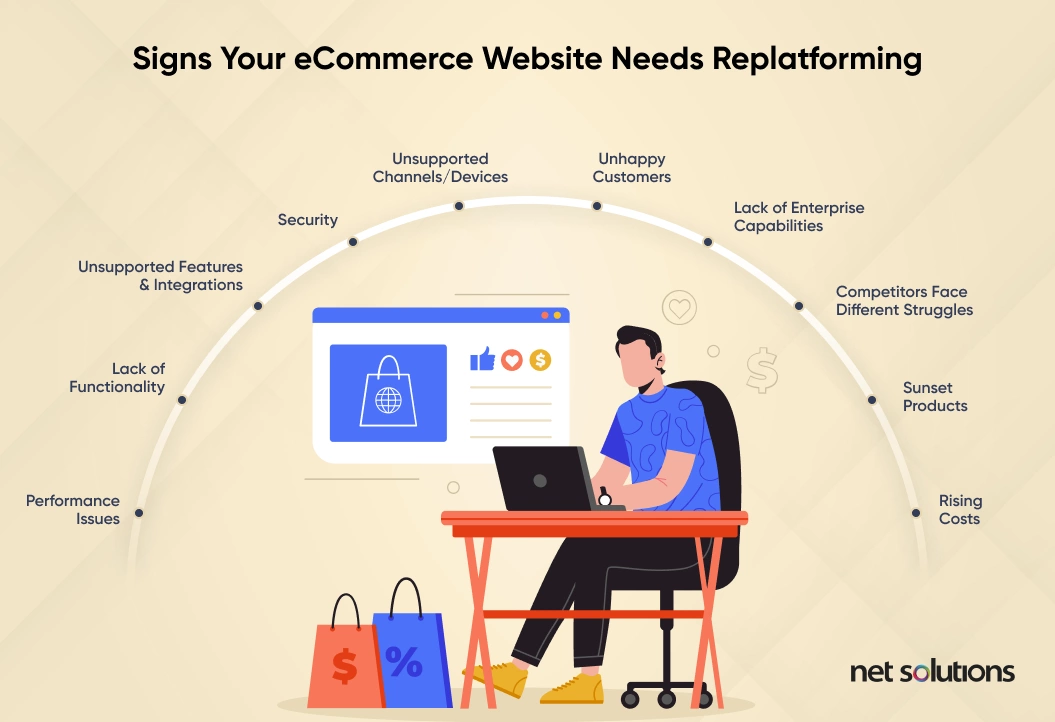
There are several key signs to look out for to know if your current
eCommerce platform is keeping
pace with your needs:
- Performance issues: Your current website struggles with load times or downtime and
cannot scale to meet demand at peak periods. - Lack of functionality: New features or updates take a long time. Patching is
difficult, particularly as a web of complex integrations gets in the way. - Unsupported features & integrations: You cannot integrate with third-party services
or add the features you want. The comment, “We can’t do that,” is a red flag. - Security: Your platform may need security controls (e.g., access and identity), may
not meet compliance minimums, or may require a lot of hands-on work to meet minimum security
standards. Excess patching and complex integrations may have introduced additional security
concerns. - Unsupported channels/devices: Your website is not responsive to mobile devices and/or
does not speak with other channels (e.g., social). You may run more than one platform to
support additional channels or devices. - Unhappy customers: You may have user experience issues with load time, navigation,
features, or service availability. Tracking critical eCommerce KPIs is
essential to spot trends in user experience. - Lack of enterprise capabilities: Your platform may not connect well with other
enterprise systems (ERP, CRM, etc.) and may not provide the data output or analytics
necessary to support real-time decision-making. - Competitors face different struggles: If competitors are not struggling with user
attraction, retention, or sales, that’s a sign that your eCommerce platform may not be
keeping pace. - Sunset products: If an eCommerce platform or critical services are no longer being
updated or are being sunsetted, it’s time for a change. - Rising costs: High OpEx expenditures to maintain a legacy eCommerce platform and
costly scaling.
With enough of these signs occurring, it is a good idea to consider
eCommerce migration to a new
platform via replatforming.
eCommerce
Migration: How it is Different from eCommerce Replatforming
While eCommerce migration and replatforming are often used
interchangeably, there is a fine
difference between these. eCommerce migration involves moving the eCommerce website from one
platform to another – but with no major changes to the code or structure of the website. Where
the two platforms are similar, this process will be simple. If different platforms are involved,
then the process can be more complex. In the language of the 7 R’s, this is “Rehost.”
During eCommerce replatforming, a reasonable amount of changes will occur
in the website’s core
structure and code. While this could be a complex process, it offers more opportunities for
improvement. If you want to incorporate new functionality or features, you would be better off
replatforming than migrating. The choice will depend on your particular requirements.
Considerations Before eCommerce
Replatforming
Irrespective of the eCommerce Model you are operating in, any modernization or replatforming effort should be considered seriously – planning and implementing the migration carefully will take time. Before starting on the project and building your eCommerce strategy, carefully consider the following:
- Business impact
Clearly define the business goals for replatforming: what
challenges are faced or missed
opportunities associated with the current platform. Align the replatforming effort to
maximize the business impact across these issues. Taking this step will help ensure
executive buy-in for the project as well. - Budget and resources
What are the costs associated with ecommerce replatforming?
Ensure you have the technical
expertise and availability necessary to support the replatforming project. Do a thorough
examination of the current platform’s Total Cost of Ownership (TCO) and the costs
involved in both migration and operation of the new platform: licensing fees,
development, configuration, data migration, and ongoing maintenance. - Integration with legacy
systemsEvaluate the ability to migrate existing data from various
systems (data, order,
inventory) and ensure integration with legacy systems (CRP, ERP, etc.) already in use
without any complexity or loss of performance. - Features &
capabilitiesWhen considering a new eCommerce
platform, consider
whether it has all the core functionality desired or supports the desired integrations.
Ensure not just availability but also usability of those functions and essential
elements such as bulk upload, categorization, shipping options, and filters. Know your
relative peak volume, where scaling needs to occur, and what existing integrations may
need replacement with new services or features.Learn about 12 Essential factors to choose the best eCommerce platform
- Support & service
capabilitiesEnsure the platform offers admin and analytics features that make
life on the platform
easier. Do a deep dive on whether the platform meets the security/compliance
requirements, which may require consultation with legal or a review of documentation /
SLAs. Assess how often the platform releases updates and any ongoing costs for platform
customer service and support or if there is an active community forum for self-help
materials.
10 Steps for Replatforming Your
eCommerce Site
To optimize your eCommerce migration, follow these steps:
- List the
requirements/business use
case for replatformingTake the time to document the business use case: the
deficiencies of the current system
and the wish list for the new system for all stakeholders (IT, marketing, sales,
customers, etc.). Prioritize the list of ‘wants’ to help inform choices and get
executive buy-in and other stakeholders on board (knowing what teams need is essential
before the project begins).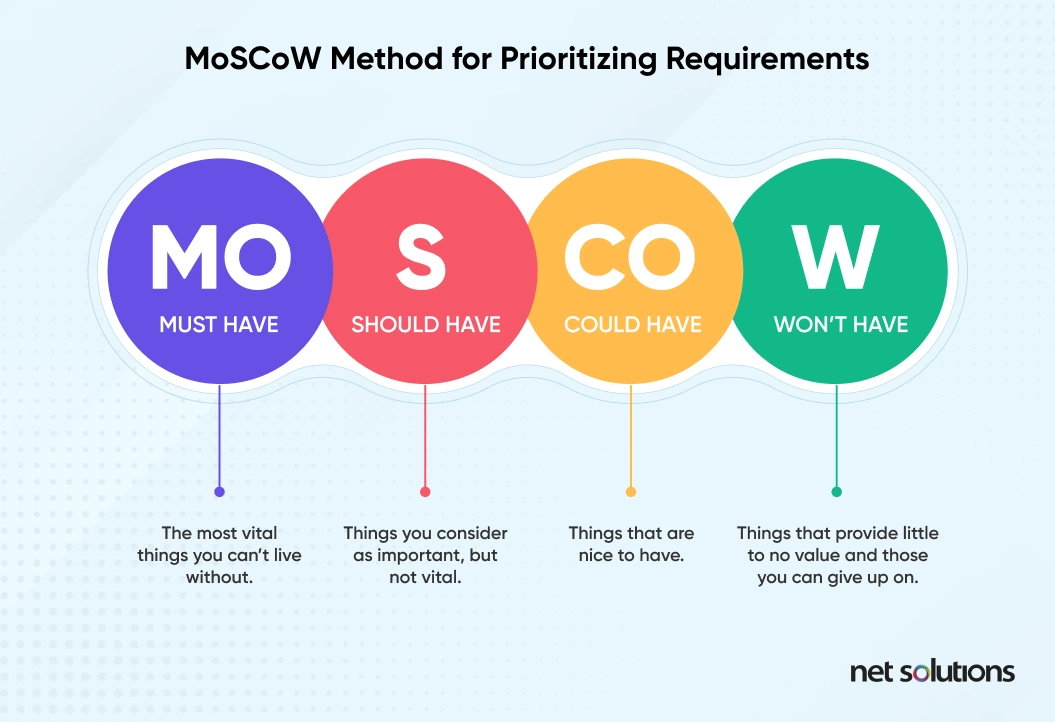
- Create a shortlist of
eCommerce platformsCreate a list of common eCommerce platforms. As this is a
replatforming situation, most
organizations are moving away from basic/starter eCommerce solutions such as Shopify,
BigCommerce, and WooCommerce. They will consider more extensive, complex, headless offerings
such as Magento (now Adobe Commerce), Sitecore, Shopify Plus, or Kentico.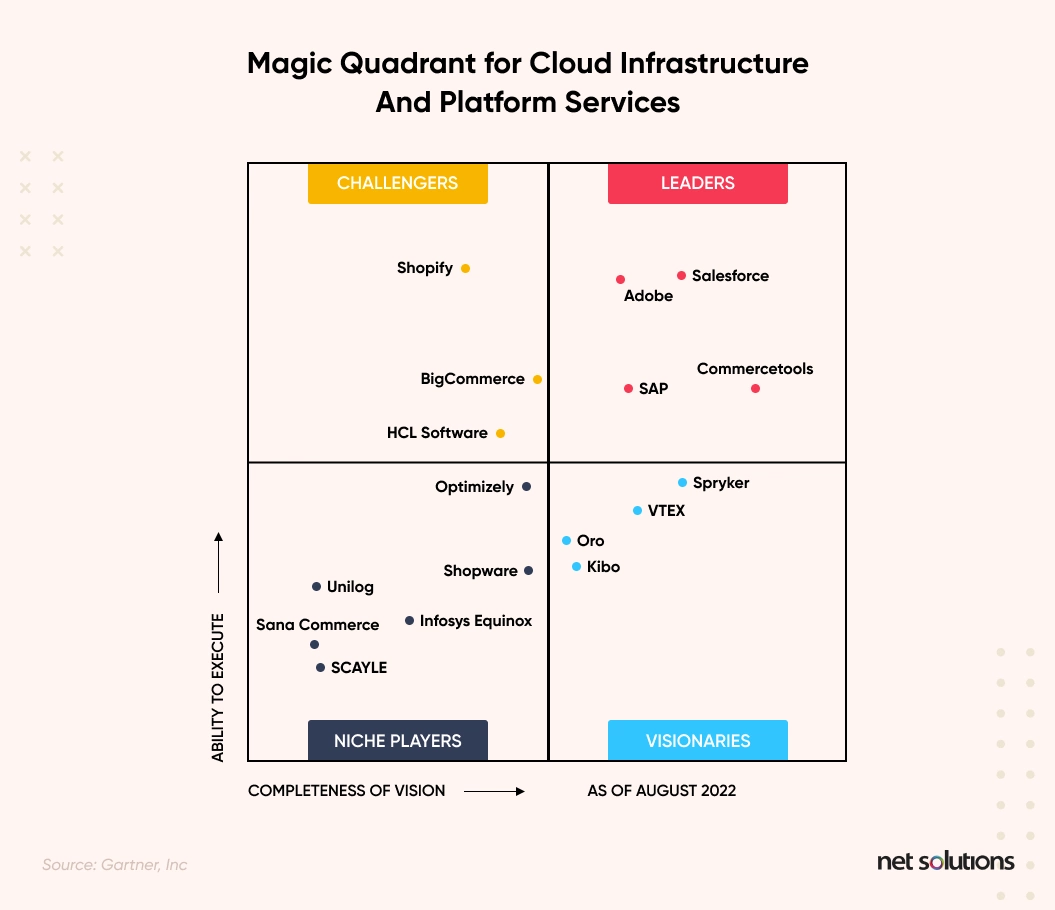
- Choose an eCommerce
platformWeigh your list of requirements against your shortlist and ensure
considerations for
eCommerce platform choice take account of cost, integrations, integrations, features,
and service (those ‘Considerations’ addressed earlier). This is your chance to do full
due diligence on the platform before signing contracts. - Backup eCommerce data
The first step in eCommerce site migration is to back up all
data (and attachments)
before migrating. All data should be backed up in the correct format and checked to
ensure the backup was successful. Backup all data stores: products, customer data,
inventory, order history, etc. For smaller sites, this may be as simple as using CSV
files, while more significant sites will have more complex backup and/or
import/migration workflows involving APIs.
- Design & develop a new
eCommerce
siteThe goal of replatforming is not to completely reinvent the
wheel, so to speak, take the
core of the current eCommerce platform and implement a select number of changes to the
front-end design to optimize (per priority list). - Data Migration
Your eCommerce data migration begins with the backup but
starts with a more specific
analysis of the data and attachments and a plan to shift that data without any loss. A
data map will help control this process when migrating to the new platform. We have a 10-point data
migration plan to help walk you through this process. Most eCommerce platforms
have tools or API support to assist in data migration. There are also a variety of
third-party migration tools that can help. Always test and validate during this process.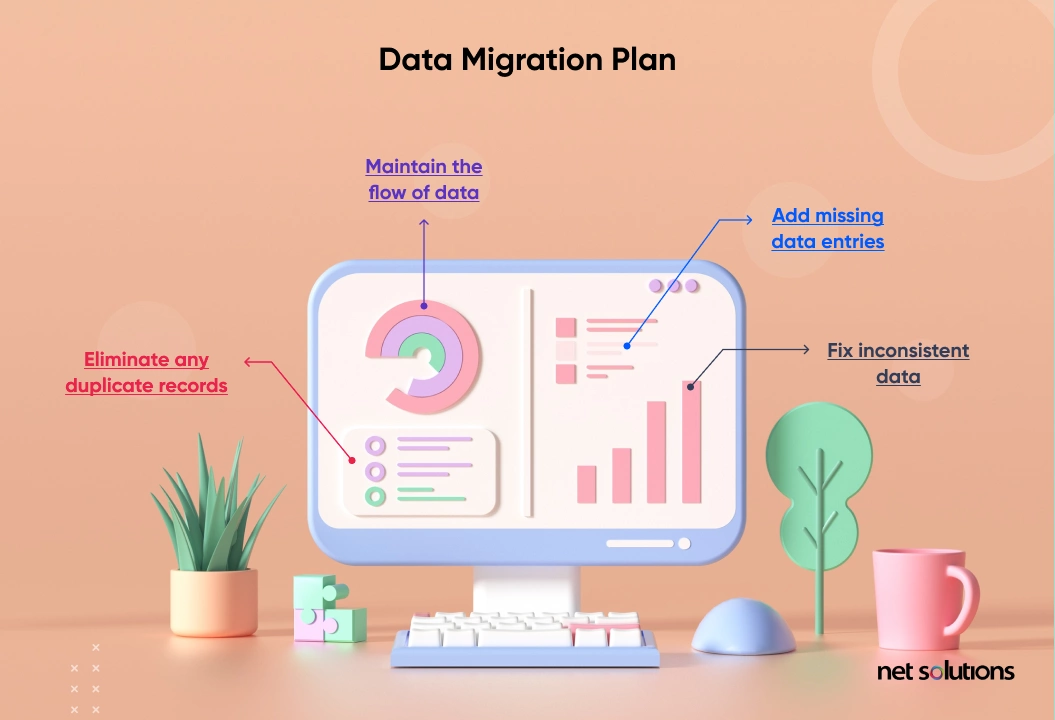
- Optimize for the best user
experience (UX)Ensure that the site is responsive, accessible, and following UX best practices. Check for eCommerce personalization and critical sales funnel experiences such as payments, shopping cart, and checkout. Do ensure that they have been vetted for experience and security and that every page, button, or form has been looked at. Also, ensure that performance is meeting expectations.
- System Integration
Earlier planning would have created a map for integrations: what
integrations with
internal systems must remain and which integrations are planned. This stage will execute
and test those integrations. - Search Engine Optimization
(SEO)Create a plan to ensure that SEO is not disrupted during the
migration. This will include
proper redirect mapping, traffic and KPI monitoring (with pre-migration benchmarks), and
a plan for any hiccups during migration. - Launch your eCommerce site
Once the testing phase is complete, it’s time to publish the
new eCommerce site and
prepare for those sales! Be sure to encourage customer feedback to help build buzz and
get critical feedback to inform necessary or future improvements.
To help you get started, we have summarized these points in the following downloadable
replatforming infographic: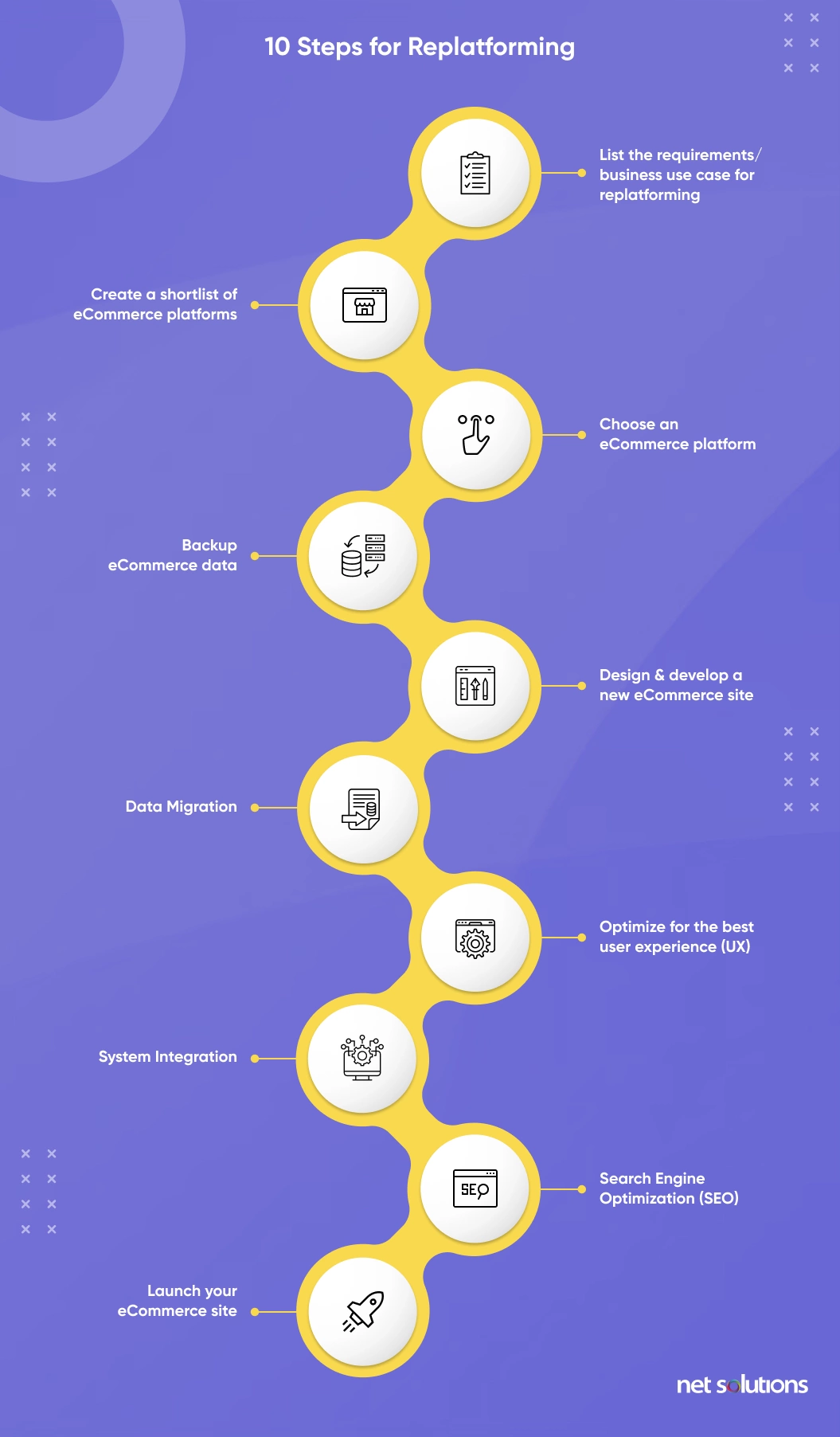
eCommerce Replatforming Challenges
Challenges can be associated with any replatforming project, including
replatforming eCommerce.
- Compatibility issues if existing systems do not work on the new platform
- Scope creep if more changes keep getting added, leading to budget overruns
- Problems with data migration if there are mapping or compatibility issues
- Unexpected challenges with old or new integrations
- Risk of disruption to customers or SEO
- A lack of skills to adapt when challenges arise
- A lack of executive buy-in for the change
eCommerce Replatforming with Net Solutions
There can be many challenges associated with eCommerce platform
migration that can be overcome
with the assistance of an experienced partner. A partner brings the technical expertise about
eCommerce platforms and integrations, extensive knowledge of best practices, and the hands-on
expertise to safely and securely replatform your website – quickly, efficiently, and
effectively.
Frequently Asked Questions
1. How long does ecommerce replatforming take?
How long does it take to complete an ecommerce replatforming project? The length of time in any replatforming project depends on the complexity of the existing system, the size of the product catalog and customer database, and how many changes are being made during the replatforming process. Depending on the size of the IT team available to help, this process can take a few weeks to a few months.
2. Will I lose my customer and order data during replatforming?
There should be no data loss if done correctly and with a plan. To avoid data loss, back up your data, thoroughly map the data fields and structures, and test the data migration. Businesses can also consider a phased migration to reduce risk.
3. Why do companies consider eCommerce replatforming?
Most organizations considering changing eCommerce platforms have hit a limitation (see above) with performance, functionality, or cost on a current eCommerce platform and are looking for a better alternative without needing to rebuild the eCommerce platform from scratch.
4. How do I minimize the impact of eCommerce replatforming on my customers and business operations?
The best way to minimize the impact of any significant infrastructure change is through adequate planning and support, as needed, from a strong and experienced partner. Know what you want to do, how you plan to do it, test it, back it up, and communicate the entire way through. It is ideal for phasing the migration and posting messages to customers if planned disruptions occur.
SHARE THIS POST
Table of Contents
Related Resources
- eCommerce App Development Cost: Budgeting In-Depth Guide
- 13 Differences Between B2B and B2C eCommerce Websites
- Top 10 eCommerce Challenges and Easy Ways to Overcome Them
- 3 Types of eCommerce Business Models That Work in 2024
- eCommerce for Business: Is eCommerce Applicable for All Business Types
- eCommerce Customer Journey Mapping - The Secret to Higher Conversion Rates
- What is Headless Commerce? The Ultimate Guide
- Top 15 eCommerce KPIs to Track the Performance of Your Online Business
- Why Your Business Needs a Mobile eCommerce App
- Omnichannel Retail Strategy: A Comprehensive Guide
- Omnichannel vs Multichannel Retailing: The Complete Guide
- What is eCommerce Order Fulfilment? (And 6 Steps to Improve the Process)
- PCI Compliance: Everything You Need To Know
- The BEST Guide to eCommerce Personalization
- 12 Essential Factors for Choosing the Best eCommerce Platform
- The Ultimate Guide to Product Information Management (PIM) Systems for Ecommerce
- What is a Product Recommendation Engine (And How it Helps Boost Sales)
- The Ultimate Guide to eCommerce Security
- Top 13 eCommerce Trends in 2024
- How Voice Search will Transform the Future of eCommerce
- What is Web Accessibility (And Why it Matters for Your eCommerce Business)



